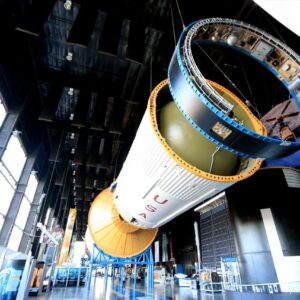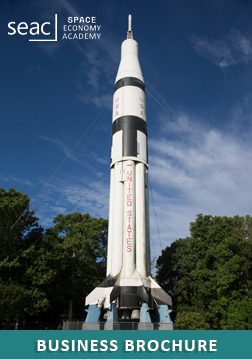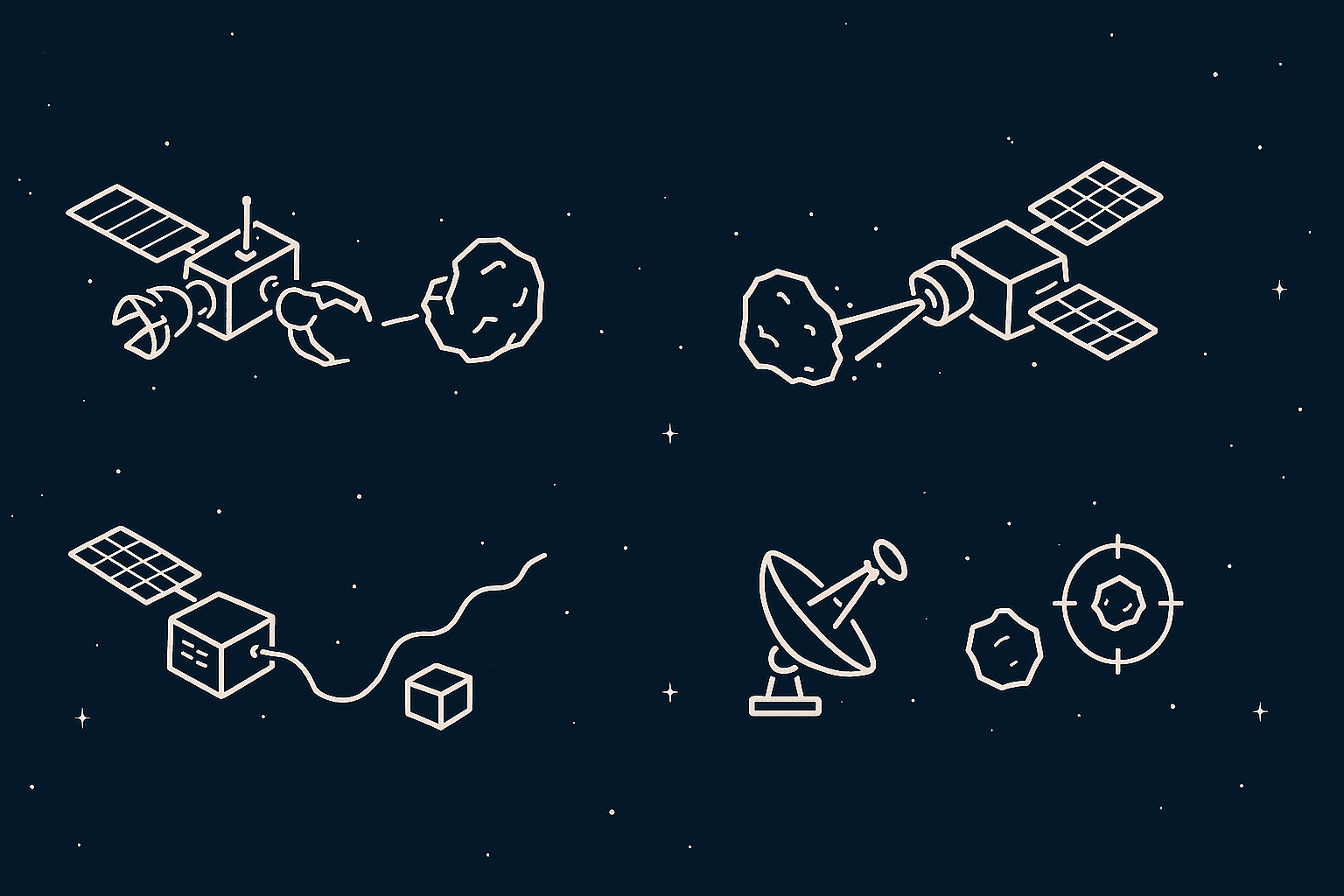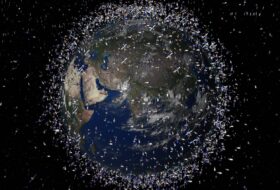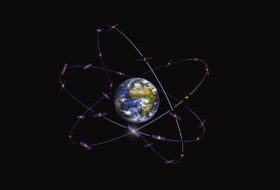Author: Partho Pratim
New Mitigation Ideas on Space Debris and Space Situational Awareness
Problem Statement: Why We Have So Much Space Debris Now
In recent years, Earth’s orbital environment has become increasingly congested. According to ESA’s Space Environment Report 2025, tracked objects now number about 40,000, with only ~11,000 active payloads—while there are an estimated 1.2 million objects larger than 1 cm, and over 50,000 larger than 10 cm in orbit. This proliferation reflects a surge in launch activity—254 launches in 2024 alone compared to just over 100 in 2019—and the rapid deployment of mega-constellations like Starlink, Kuiper, and others, which substantially increase traffic in key low Earth orbital bands. Fragmentation events — such as explosions and satellite breakups — continue to generate thousands of new debris objects each year, outpacing natural decay and threatening future orbital usability via cascading collisions (the Kessler syndrome). Atmospheric drag has also decreased due to upper‑atmosphere cooling related to climate change, which means debris stays aloft longer, reducing the natural self‑cleaning effect.
Space Situational Awareness and Mitigation Strategies
To address the debris crisis, recent studies emphasize combining enhanced Space Situational Awareness (SSA) capabilities with innovative mitigation techniques. Emerging technologies include terahertz-based sensing systems such as DebriSense‑THz, which integrate communications and sensing (ISAC) for high-accuracy debris detection and classification—with detection accuracy reaching 95–99% at 5 THz. Neuromorphic imaging combined with Stack‑CNN event‑based cameras enables efficient, onboard detection of faint moving debris and improved collision avoidance in real time. Autonomous, AI‑based collision‑avoidance decision systems, leveraging reinforcement learning and POMDP frameworks, allow spacecraft to react more quickly and adaptively to debris threats. Platforms like OrCo, an open web‑based SSA tool, use real‑time Two-Line Element (TLE) data to compute collision probabilities with improved uncertainty propagation. Broader frameworks such as MIT’s Space Sustainability Rating (SSR) incentivize operators to adopt safe practices in launch planning, de-orbit scheduling, data sharing, and collision-avoidance behavior.
Effectiveness of the Mitigation Ideas
The effectiveness of these innovations varies. Terahertz ISAC sensors and event‑based imaging show detection accuracies above 95% in simulation tests—greatly improving SSA precision for small and faint debris—but real-world validation in orbit remains a next step. AI-driven autonomy has the potential to scale well in congested environments by automating collision-avoidance decisions. OrCo and data platforms improve tracking and risk assessment, but their utility depends on data sharing across countries and operators. SSR and incentive‑based schemes help shift operators toward best practices, but voluntary participation still dominates. Despite these efforts, ESA warns that existing voluntary standards are insufficient: debris accumulation continues to increase, and active debris removal is necessary to prevent Kessler syndrome.
Conclusion
In conclusion, the accumulation of space debris is accelerating due to ballooning launch rates, mega-constellation deployments, and persistent fragmentation events, while natural orbital decay is slowing. To mitigate this growing threat, the space community is developing advanced sensing, AI‑enabled collision avoidance, and data‑driven rating frameworks—tools that promise improved awareness and operator compliance. These ideas hold strong potential, though many remain in testing phases and require broader adoption. Going forward, scaling active debris removal operations, enforcing stricter end‑of‑life disposal guidelines, and creating internationally aligned incentive structures will be crucial to ensuring orbital sustainability.

